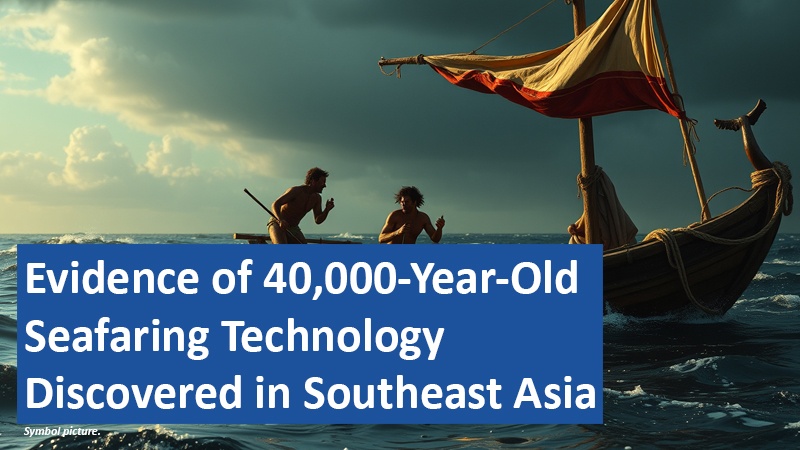
Archaeological discoveries in the Philippines suggest that early inhabitants of Southeast Asia were building sophisticated boats and engaging in deep-sea fishing as early as 40,000 years ago, challenging long-held beliefs about the origins of maritime technology.
######################################################
Now exclusively try Amazon Prime and Prime Video free for 30 days!
####################################################
Challenging Eurocentric Views
For decades, scholars have primarily attributed technological innovations of the Paleolithic era to Europe and Africa. However, new evidence from the islands of Mindoro and Timor-Leste is causing researchers to rethink this Eurocentric perspective on technological history. The findings indicate that Southeast Asia might have played a more significant role in the development of early maritime technologies than previously thought.
Ancient Tools Tell a Tale
The archaeological finds include 40,000-year-old stone tools showing clear signs of use for processing plant fibers. Researchers suggest these fibers were likely used to create strong ropes and fishing lines essential for deep-sea fishing. The discovery indicates remarkable craftsmanship and advanced knowledge of maritime resources. The tools themselves are a testament to the ingenuity of these ancient people, who were able to adapt and thrive in challenging environments.
Evidence of Deep-Sea Fishing
Most impressively, the sites contained remains of large, deep-sea fish like sharks and tuna. This evidence leads researchers to conclude that these ancient people were not just coastal fishers, but had the capacity to navigate and exploit the open ocean. The presence of such fish suggests a sophisticated understanding of ocean currents and marine ecosystems, which would have been crucial for successful deep-sea fishing.
Rewriting Seafaring History
To further investigate these findings, researchers at Ateneo de Manila University have launched the FLOW (First Long-Distance Open-Sea Watercrafts-Project) project. The project aims to reconstruct ancient boat designs using traditional materials to test their seaworthiness. If successful, it could rewrite the history of seafaring, positioning Southeast Asia as a center of maritime innovation long before European explorers. The project also involves collaboration with local communities to learn about their traditional boat-building techniques, which could provide valuable insights into the evolution of maritime technology.
If these hypotheses prove correct, the story of early seafaring will need a significant rewrite, recognizing Southeast Asia as a potential hub of maritime technology in the Paleolithic era.
How do you think these findings might reshape our understanding of early human technological achievements? Share your thoughts in the comments!
Based on content from www.futurezone.de and own research.